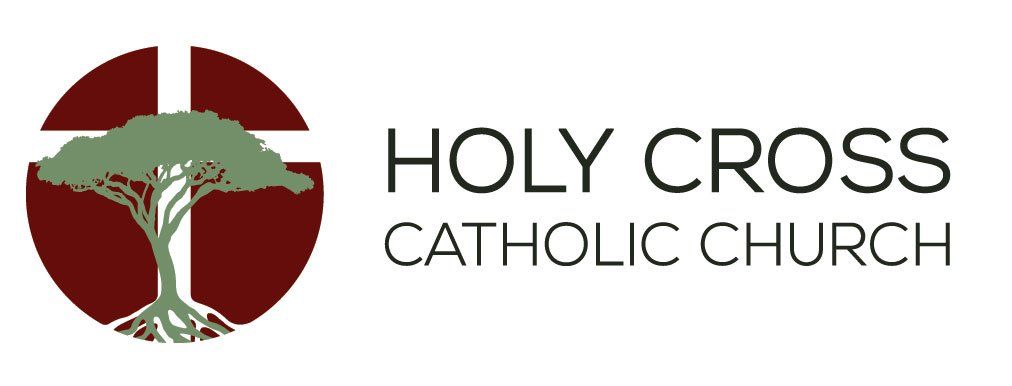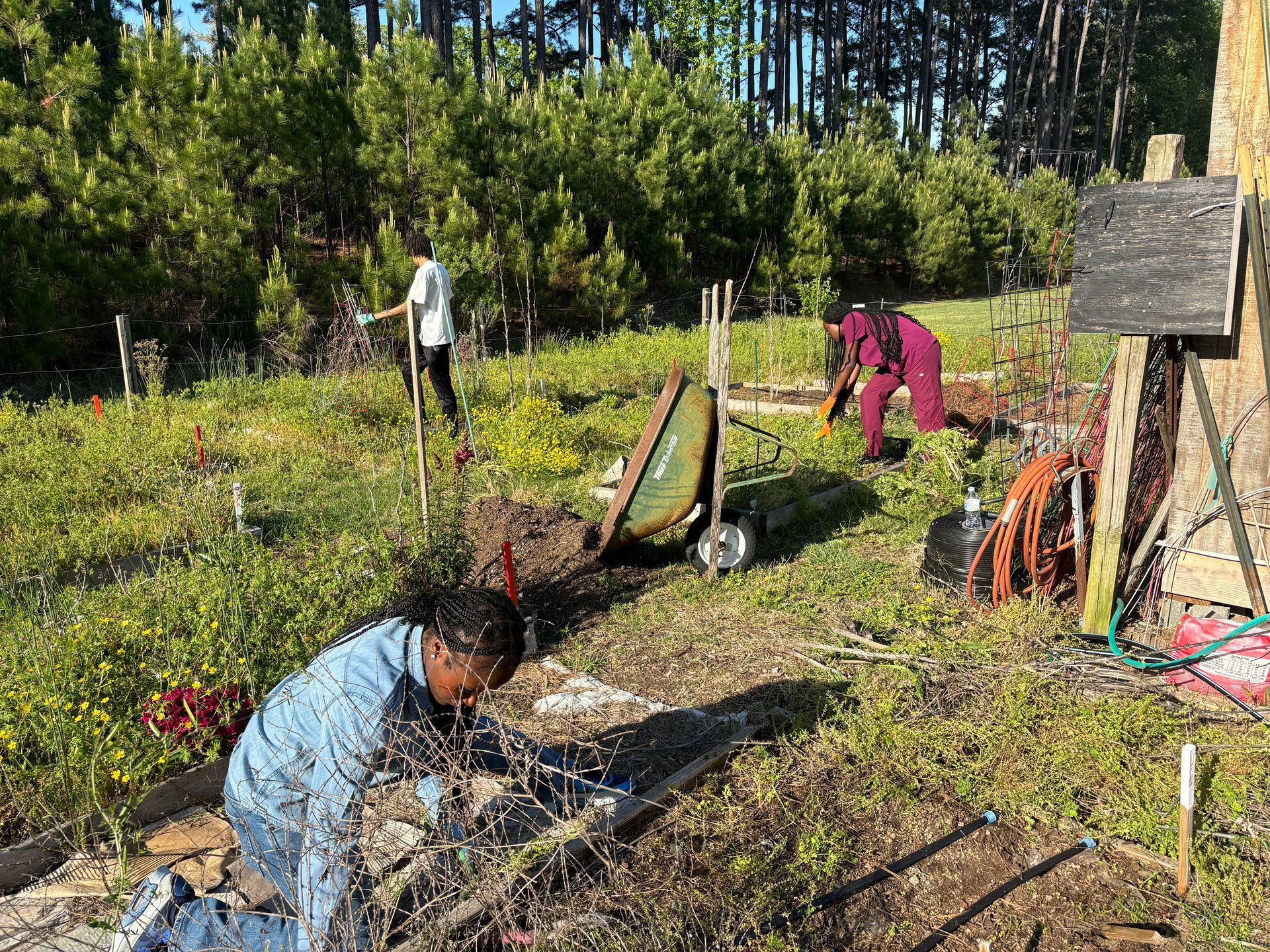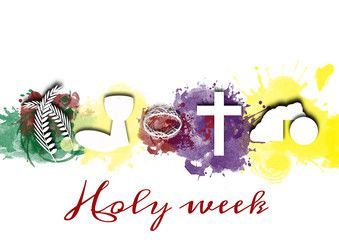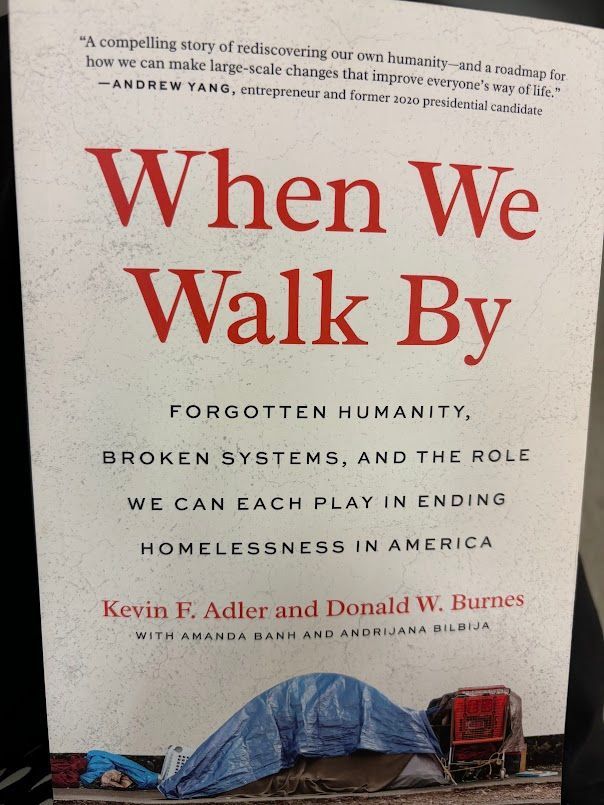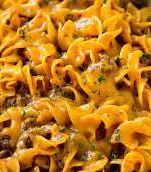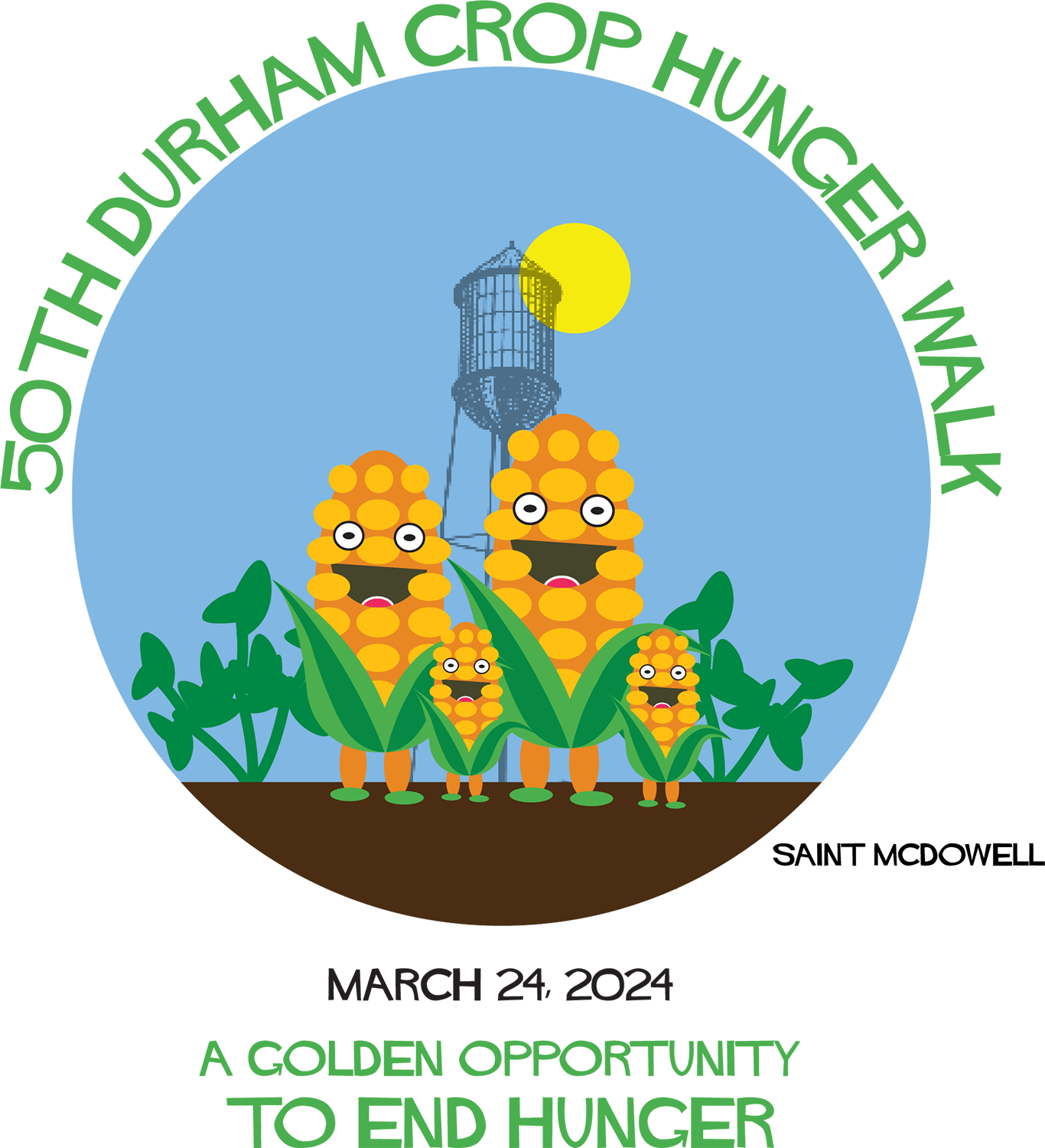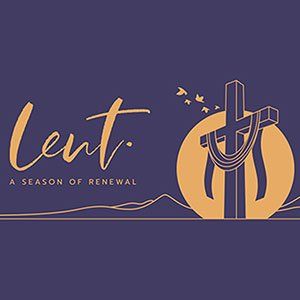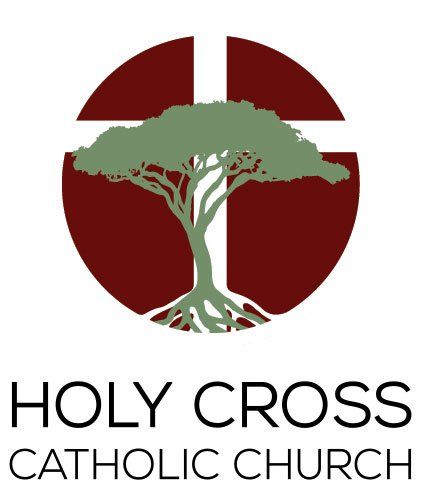Holy Cross Youth News Blog
Remembering our Ancestors: Holy Cross Youth Visit Stagville Plantation
Photo: Holy Cross youth see fingerprint of a child who worked on a brick wall at the Stagville Plantation when it was active. Article by Brianna R. Redwood, 6th grade, Holy Cross Middle School Faith Formation student.
In celebration of All Souls’ Day in 2022, the Holy Cross Middle School class toured the Historic Stagville
Plantation located in Durham. We were able to walk the same grounds of our ancestors and learn about the enslaved women, men and children who worked long days in the fields and kitchen under the hot sun and bad conditions.
What is Historic Stagville Plantation, you ask?
Well, it was one of the biggest plantations in North Carolina. We learned that before it became a plantation, it was a stop on a major trading road used by the Native Americans. As we walked through the plantation grounds covered by shady trees, old brick foundations, wooden barns, gravel paths and weeds, we learned that at one time, years ago, the land was covered with houses, barns, and enslaved people cooking and working the fields. The tour guide showed us a tiny little shell that she said was found in what was an old slave house and asked us if we knew what it was. I knew that it was a cowrie shell. She said that they knew it came from the enslaved people, because cowrie shells are native to Africa, not North Carolina. The enslaved people brought these shells with them as a reminder of where they came from. It made me remember what my mom tells me, “Never forget where you came from”.
We learned that there were also talented engineers, brick masons and carpenters who were enslaved at Stagville. During the tour we visited a small two-level brick house where the enslaved people lived. Did you know that the bricks used to build their houses were made by the slaves who lived there? When the bricks were shaped and formed, they were left out in the hot sun to cook and dry so that they could be used for homes. The enslaved children had to carefully flip the bricks so that the bricks would cook evenly. You could actually see the thumb and hand prints of the children left behind.
Another place we got to see was the Great Barn. The Great Barn was built by enslaved builders and carpenters. The tools that the carpenters used to build this barn can be seen in the marks that they left in the wood. It was cool to think that the souls of all the enslaved people had left their mark, still visible so many years later.
After the tour we returned to where the enslaved people lived. We each read a prayer celebrating, remembering, and honoring the souls of the enslaved people that once lived on the Stagville plantation. All in all, it was a fun experience. I learned a lot about the history of Stagville. We ended our field trip with pizza and breadsticks.
